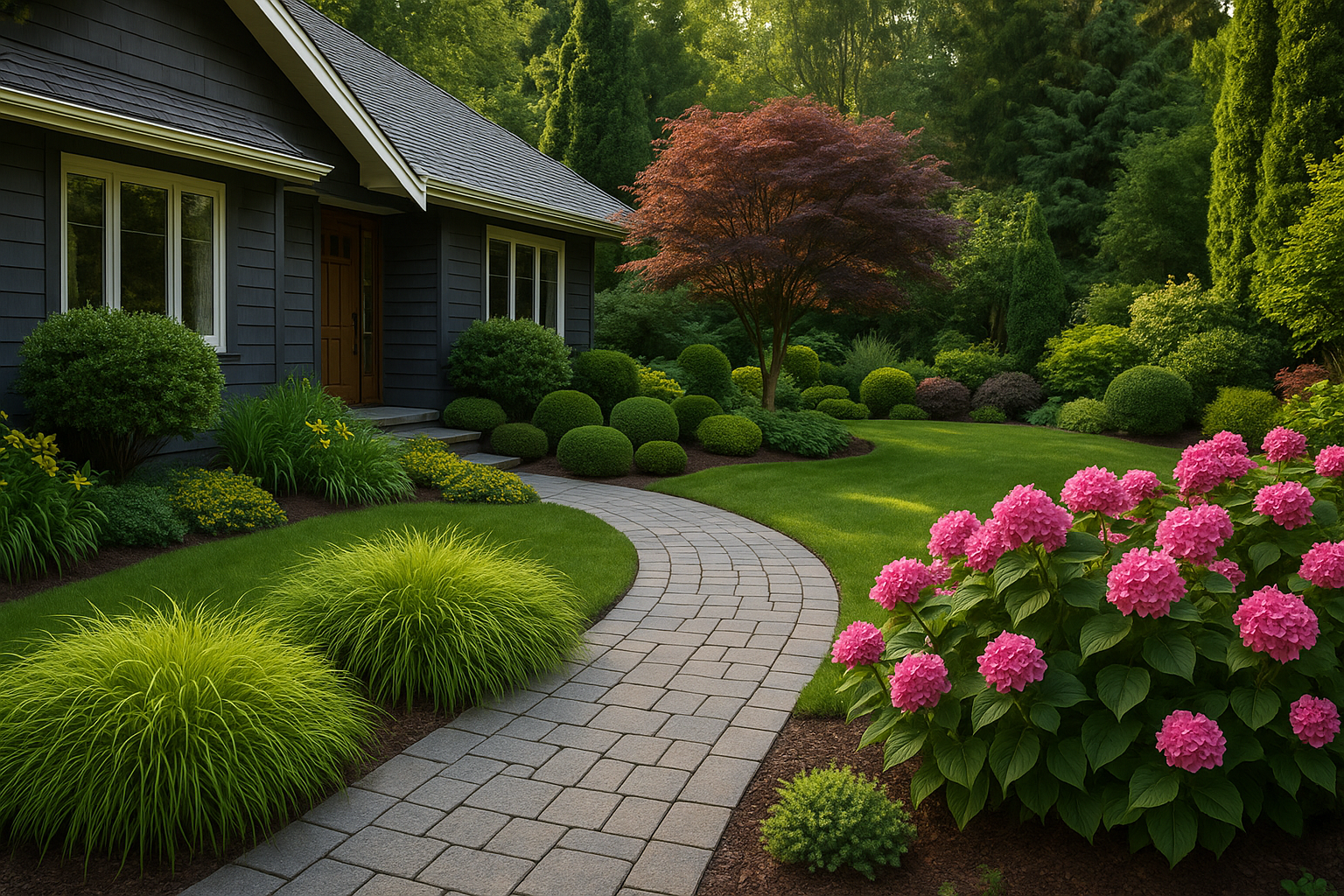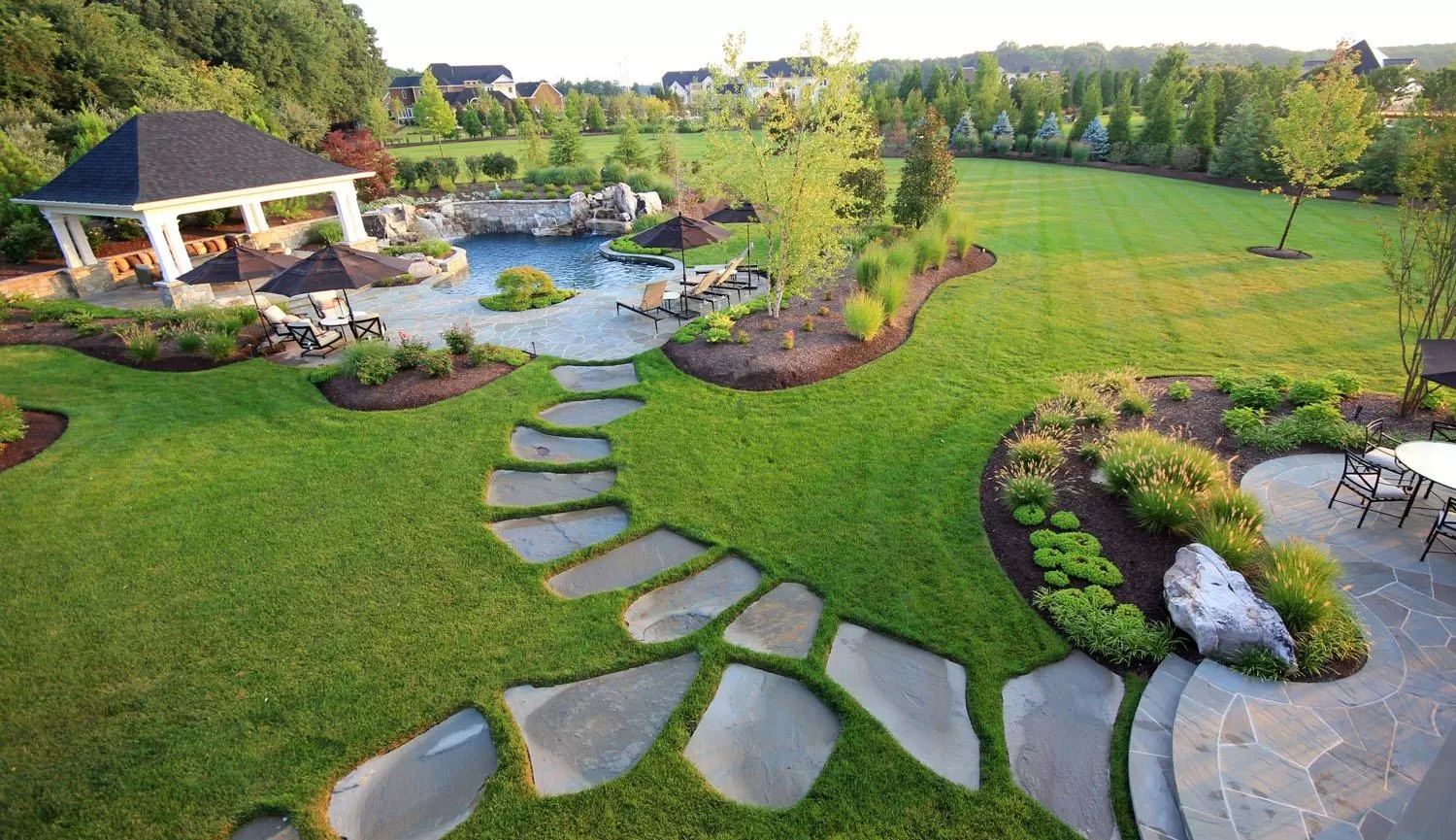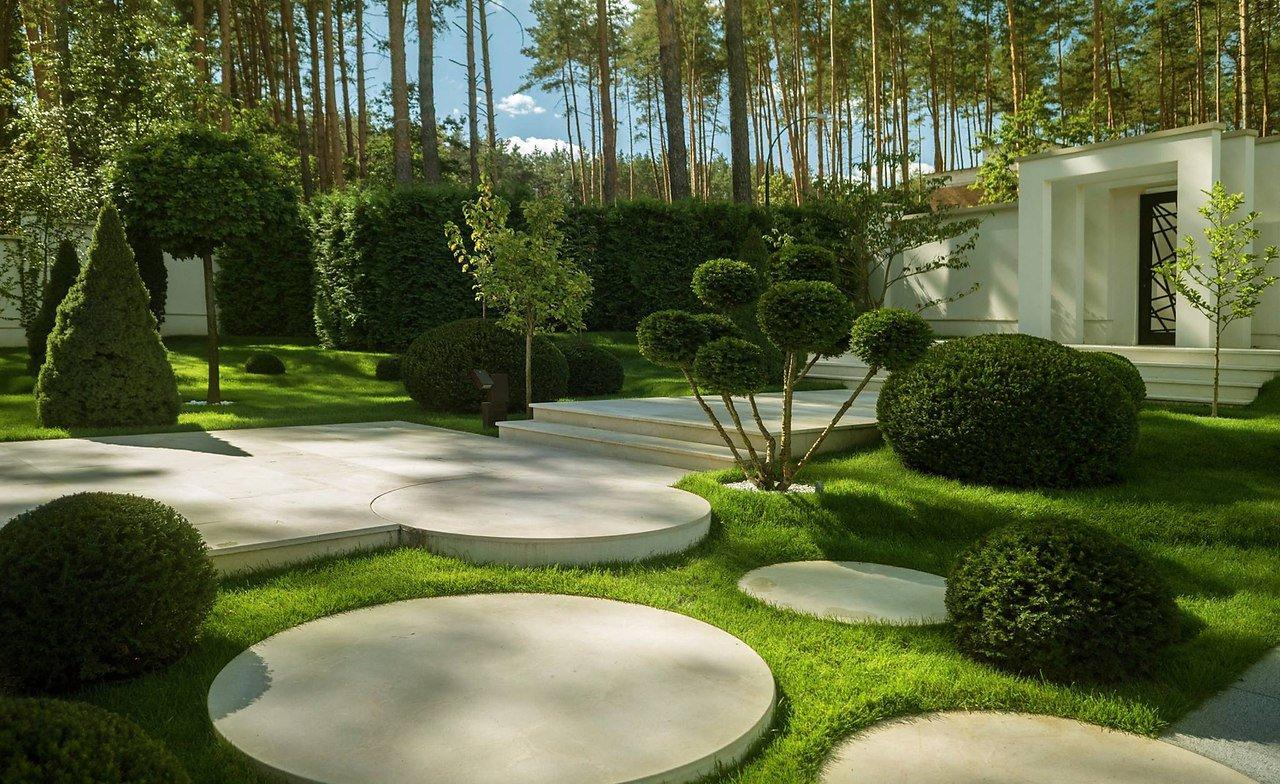Sustainable Roots: Crafting Your Dream Garden Oasis
Creating Your Perfect Outdoor Haven
For many homeowners, the dream of a beautiful and inviting garden is more than just a desire — it is a vision of a personal haven where one can relax, entertain, and reconnect with nature. A thoughtfully designed outdoor space has the power to become an extension of the home, offering tranquility and inspiration in every season. Yet turning this vision into reality is not always simple. Without proper planning and guidance, creating and maintaining such a haven can quickly feel overwhelming.
Modern life often leaves little time for gardening. Between work, family, and daily commitments, many people find it difficult to dedicate the hours needed for watering, pruning, or regular maintenance. Over time, this lack of attention can lead to outdoor spaces that feel neglected, losing their potential to bring peace and beauty. Instead of serving as a retreat from the stresses of life, the garden can become another source of frustration.
At the same time, growing awareness of environmental responsibility has reshaped the way people think about landscaping. Homeowners increasingly seek gardens that are both visually stunning and environmentally sound. They want spaces that reflect not only their style but also their values — gardens that conserve water, protect biodiversity, and coexist naturally with the surrounding environment. Achieving such harmony, however, often requires expertise, strategy, and a thoughtful approach.
Challenges on the Path to a Dream Garden
Before creating an outdoor haven, it is important to recognize the common challenges that many homeowners face:
-
Poor planning. Designing a garden without considering soil type, sunlight exposure, drainage, and local climate can result in costly mistakes. Plants may fail to thrive, and adjustments often require significant effort.
-
Lack of expertise. A thriving garden demands knowledge — from choosing the right plants to implementing irrigation systems and ensuring long-term sustainability. Without this knowledge, efforts may fall short.
-
Inefficient resource use. Overwatering, chemical treatments, and high-maintenance plant choices can harm the environment, strain resources, and reduce the garden’s long-term vitality.
Recognizing these challenges is the first step toward building an outdoor space that is not only beautiful but also sustainable, resilient, and easy to care for.
Pathways to Your Outdoor Haven
1. Holistic, Eco-Friendly Design
The cornerstone of any successful garden is a thoughtful design rooted in an understanding of the site itself. By carefully analyzing soil composition, topography, and microclimate, it becomes possible to choose plants that thrive naturally in their environment. This reduces the need for excessive watering or interventions, allowing the garden to flourish with minimal upkeep.
Eco-conscious design also involves balancing aesthetics with function. Native and drought-tolerant plants not only conserve resources but also provide vital habitats for pollinators and local wildlife. Seasonal planting ensures that the garden remains vibrant year-round, offering changing colors, textures, and scents that reflect the rhythm of nature.
Sustainable features such as permeable pathways, rainwater collection systems, and strategically placed shade structures contribute to long-term harmony. With careful planning, the garden becomes more than a collection of plants — it becomes a living system that works with, rather than against, the environment.
2. Smart Water Management
Water is one of the most precious resources in any garden, and efficient use is essential to sustainability. Modern irrigation systems such as drip lines and smart controllers ensure that plants receive exactly the amount of water they need — no more, no less. By monitoring soil moisture and adjusting watering schedules based on weather conditions, these systems eliminate waste while promoting plant health.
Mulching is another simple yet powerful tool for water conservation. A well-placed mulch layer helps soil retain moisture, suppress weeds, and regulate temperature, reducing the need for frequent watering. At the same time, features such as rain gardens and bioswales transform stormwater runoff into both a practical and visually appealing element of the landscape. Rather than being wasted, water is captured, filtered, and returned to the environment.
Through these measures, homeowners can create gardens that are not only more resilient but also more environmentally responsible.
3. Celebrating Biodiversity
A garden truly comes alive when it becomes a sanctuary for diverse forms of life. Planting a variety of native species supports pollinators, birds, and beneficial insects, turning the garden into an integral part of the local ecosystem. Unlike non-native species, these plants are naturally adapted to the climate and require minimal intervention to thrive.
Layered plantings — from ground covers to shrubs and trees — create depth, stability, and resilience. This multi-tiered approach mirrors natural habitats, offering shelter and food sources for wildlife while enriching the overall beauty of the space.
Equally important is the choice to adopt organic practices. By avoiding synthetic chemicals and using compost and soil-enhancing amendments, homeowners protect soil health, encourage beneficial organisms, and ensure the garden remains a safe, vibrant environment. A biodiverse garden is not only more visually captivating but also more resilient against pests and diseases.
Helpful Recommendations
-
Start small. Begin with one section of your garden and gradually expand as your confidence and experience grow.
-
Seek expert guidance. Professional insight can simplify the learning process and prevent costly mistakes.
-
Stay realistic. A garden should be a joy to nurture, not a burden. Planning with long-term ease of care in mind helps maintain its beauty over time.
Your Outdoor Haven Awaits
With the right vision and thoughtful planning, any outdoor space can be transformed into a personal haven — a place where beauty, comfort, and sustainability come together in perfect balance. This haven is more than just a garden: it is a living, breathing space that reflects your values, nurtures your well-being, and strengthens your connection to the natural world.
By embracing eco-friendly design, smart water solutions, and biodiversity, you can create an outdoor environment that grows with you year after year. It will not only enhance your home but also provide endless opportunities for relaxation, inspiration, and joy.


